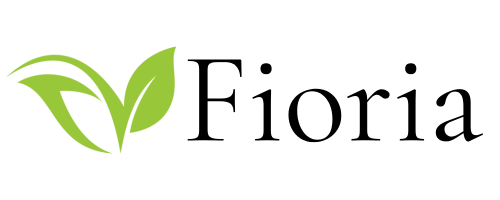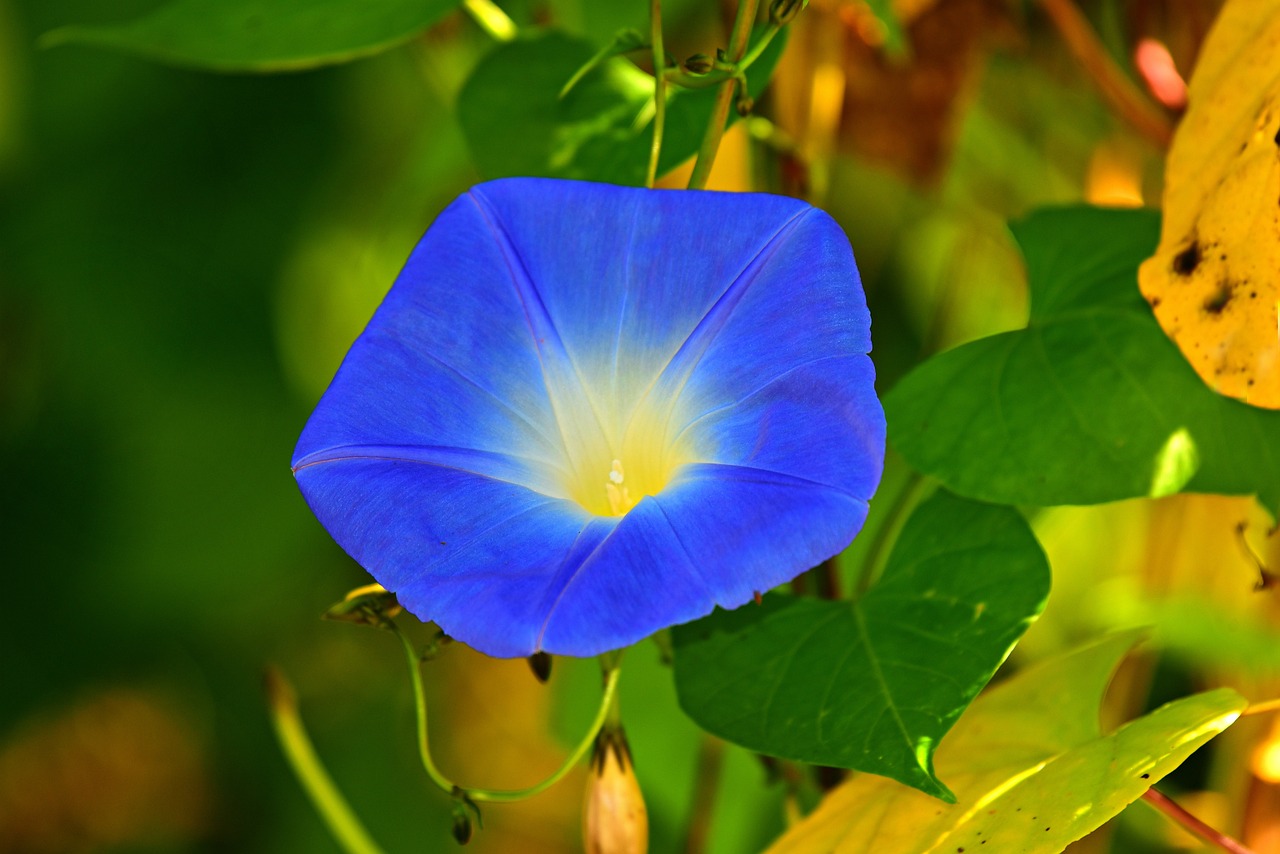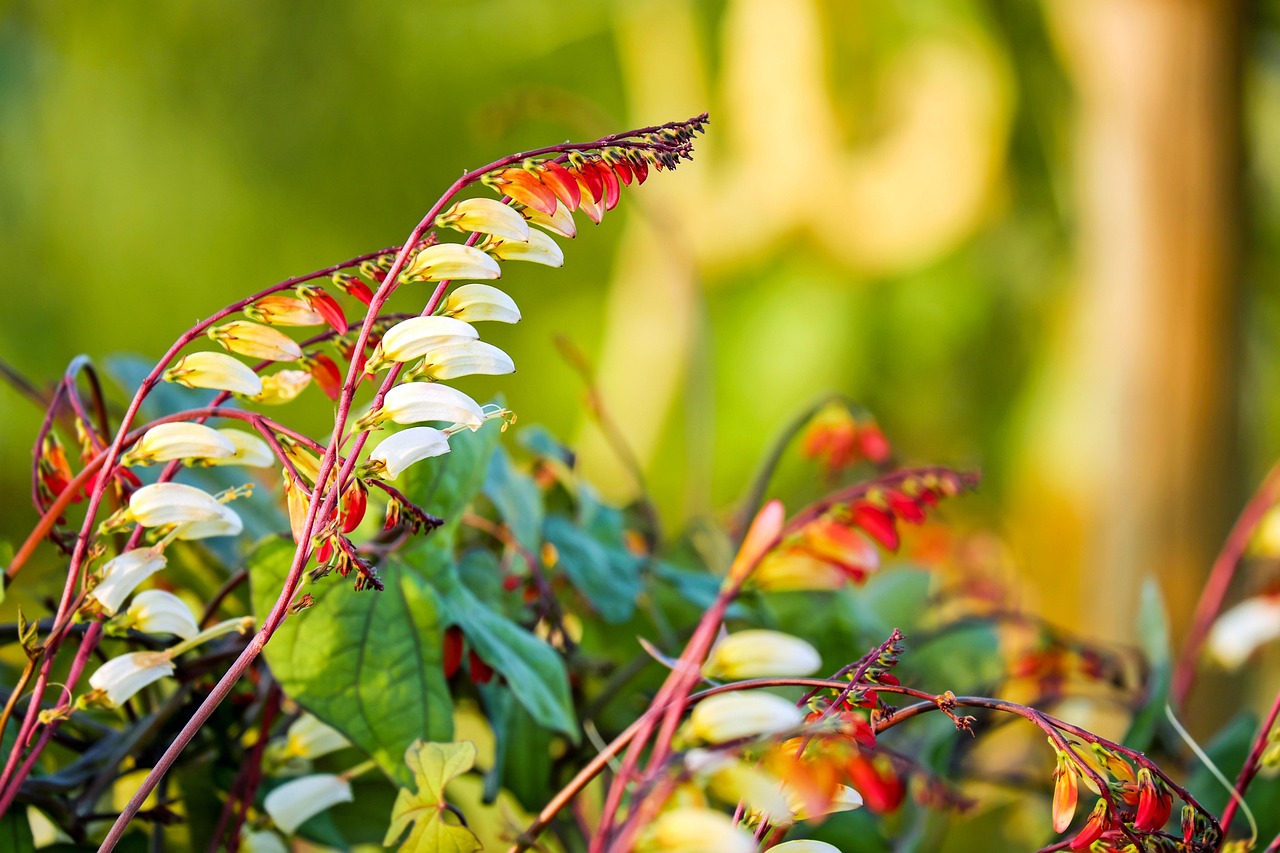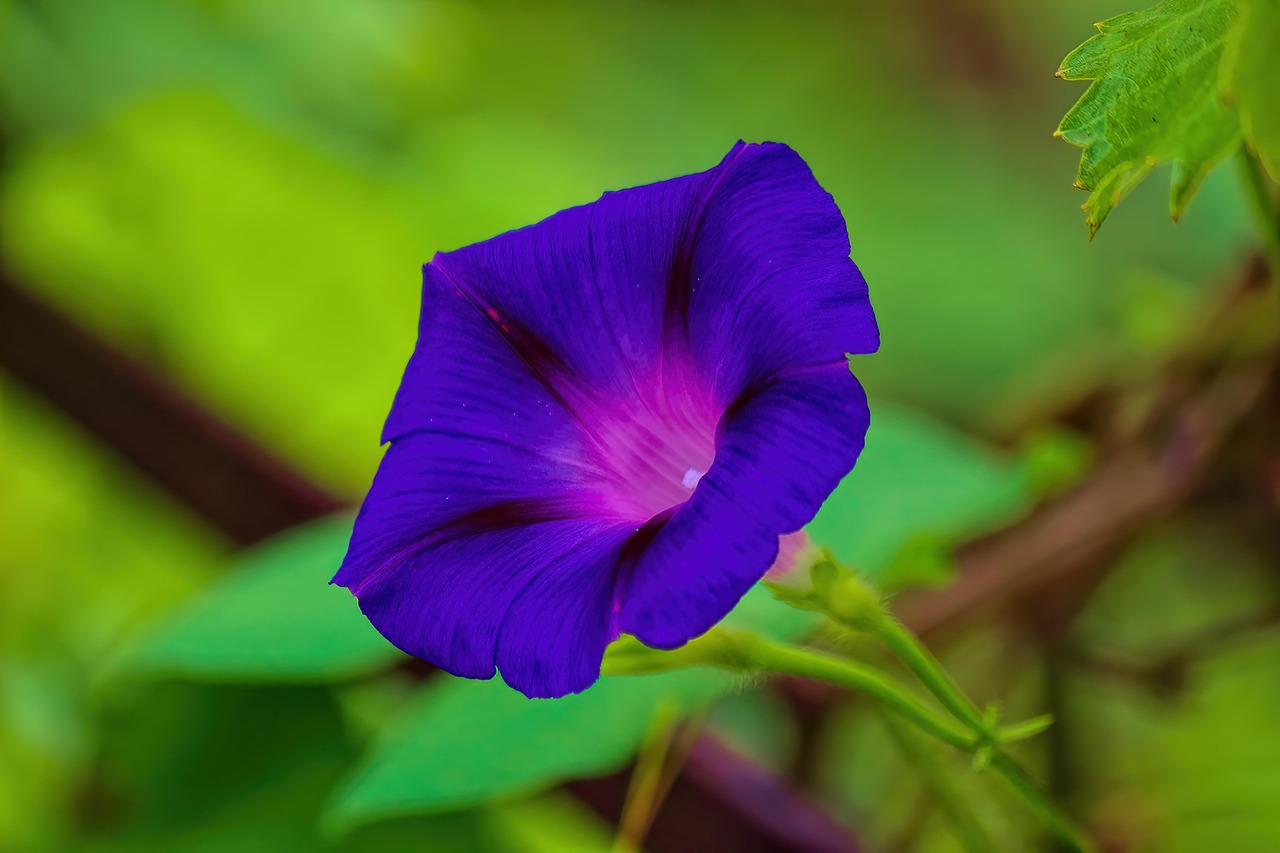Broadleaf Bindweed | The Natural Beauty of a Climbing Flower Cherished Since Antiquity
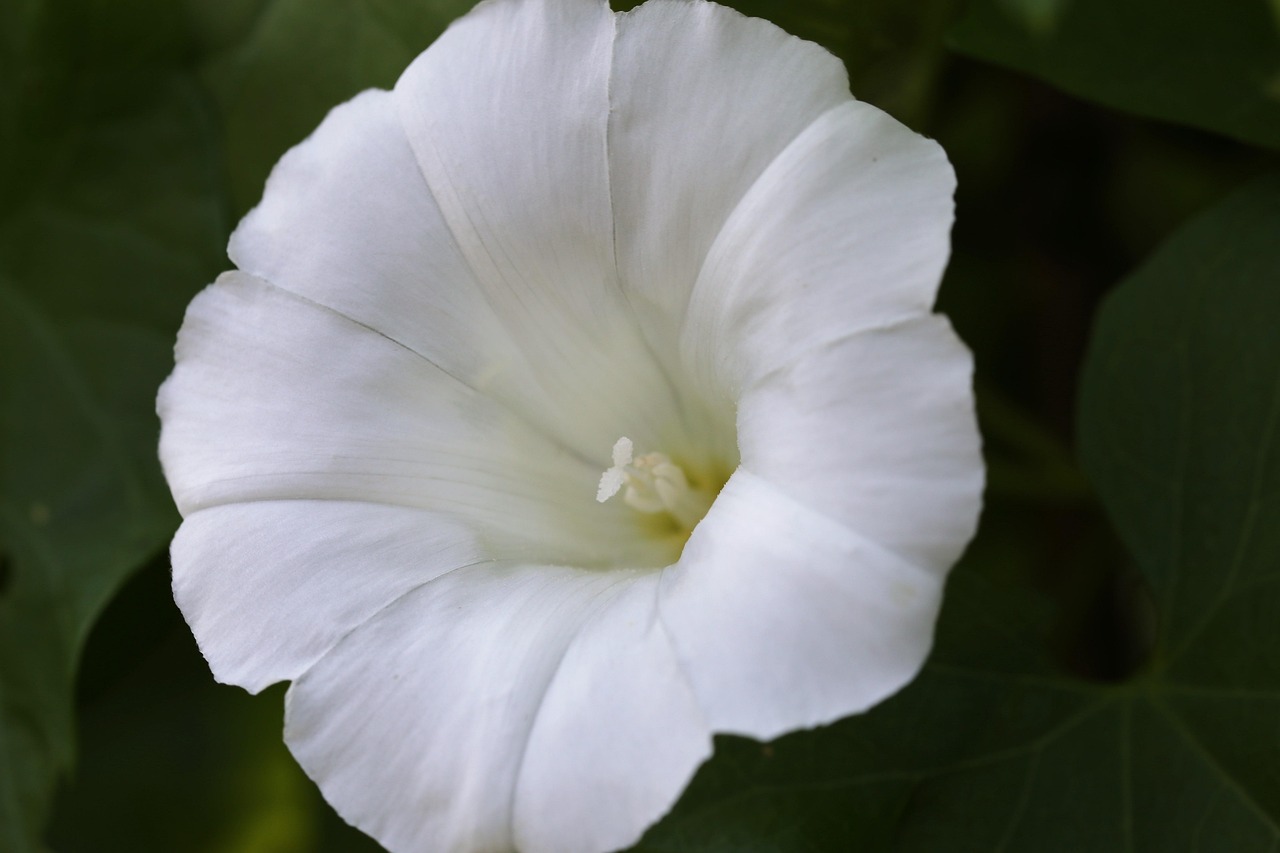
The broadleaf bindweed is a perennial climbing plant belonging to the Convolvulaceae family. It is widely distributed across temperate regions, including Japan, and is often found in fields, roadsides, and along hedgerows.
Characterized by its trumpet-shaped white flowers and broad, heart-shaped leaves, it grows vigorously and frequently makes a striking impression in the landscape.
In this article, I introduce its cultural and historical background as well as its horticultural characteristics.
Basic Information
- Scientific name: Calystegia sepium
- Family: Convolvulaceae
- Origin: Temperate regions of Europe, Asia, North Africa, and North America
- Appearance: The leaves are glossy green and heart-shaped with pointed tips. Flowers are trumpet-shaped, 5–7 cm in diameter, usually white or pale pink. Stems climb on other plants or structures, reaching lengths of 2–4 meters.
- Flowering season: Early summer to autumn (June–September)
Cultural Significance Around the World
The broadleaf bindweed has long been cherished as an element shaping natural landscapes.
In England and Ireland, it is a familiar plant of rural hedgerows and roadsides, and an important feature in naturalistic gardens. During the 19th century, within the culture of the English garden, it was regarded as a symbol of natural order in contrast to artificial gardening, and was often depicted in landscape paintings and poetry.
In France, known as liseron, it has been appreciated as part of an aesthetic that finds subtle beauty even among wild plants and so-called weeds.
Although sometimes considered a troublesome weed in urban gardening, recent trends toward naturalistic gardening have led to intentional plantings of this species.
Historical Background
Records of the broadleaf bindweed date back to 16th-century European botanical works. With the rise of botany during the Renaissance, it was classified as a perennial climbing plant.
In 18th-century England, naturalists such as John Ray and Carl Linnaeus studied and recorded its ecology as part of the development of plant taxonomy.
In 19th-century America, it spread along with the expansion of railroads and farmland, becoming established as a naturalized species. Common along railway lines and rural boundaries, it came to symbolize suburban landscapes, appearing in photographs and literary works.
Thus, it has been given a role as an element of landscape composition rather than being seen as a mere weed.
Gardening Advice
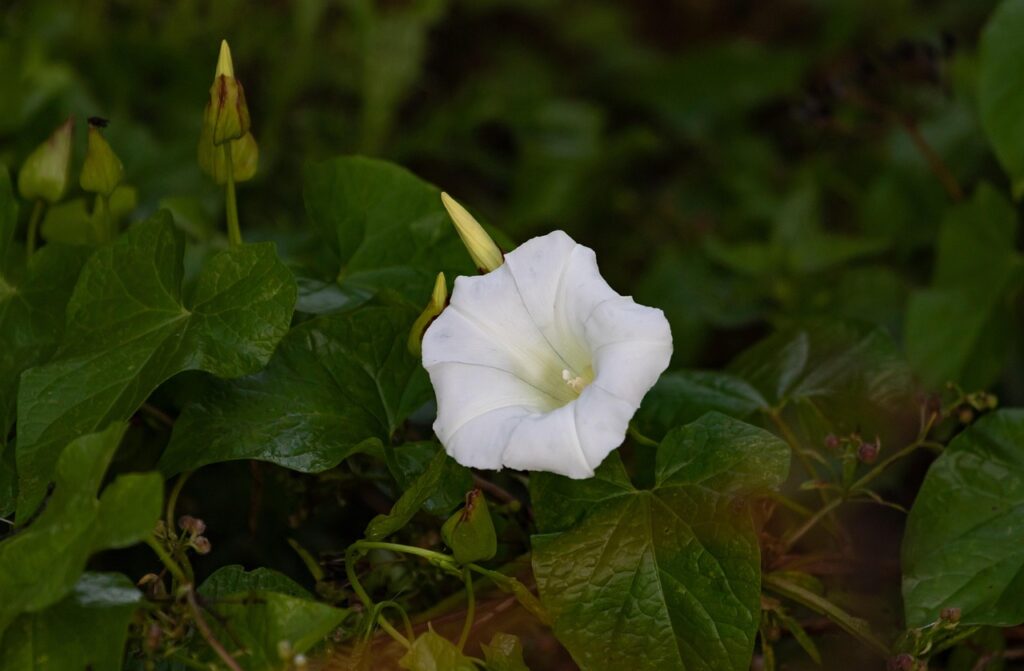
Because of its vigorous growth, careful management is required. Keep the following points in mind when cultivating it:
Sunlight
Tolerates full sun to partial shade, but blooms best in sunny conditions. Lack of light reduces flowering.
Watering
Water thoroughly when the topsoil is dry. In summer, morning and evening watering is effective. Avoid excessive moisture.
Soil
Prefers well-drained soil. Mix compost or leaf mold into garden soil to improve aeration.
Fertilizer
Apply liquid fertilizer every two weeks from spring to summer. Avoid over-fertilization, which encourages excessive vine growth.
Support/Training
Provide trellises, stakes, or fences for climbing. If left to grow naturally, monitor its spread to nearby plants.
Pruning/Management
Prune regularly to prevent it from overtaking other plants. Its underground rhizomes spread quickly, so choose planting sites carefully.
Propagation
Easily propagated by rhizomes or seeds. To prevent unwanted spreading, remove seeds promptly after flowering and manage rhizomes thoroughly.
Conclusion
The broadleaf bindweed is a perennial climbing plant deeply rooted in landscapes across the world.
In Europe, it has cultural significance in rural scenery and naturalistic gardens, while in North America it became part of regional landscapes as an introduced species.
Although its vigorous growth requires careful management, with proper care and understanding it can be used to enhance naturalistic garden design.
